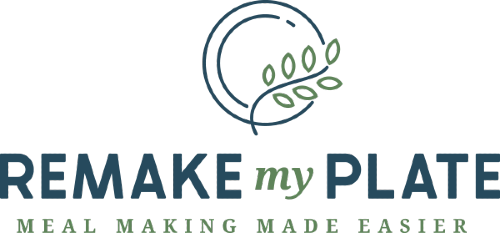Are you about to start the keto diet?
Let’s face it. Diets. Don’t. Work!
If they did people would go on them, lose weight and never have to do it again.
The diet mentality is “I will suffer with this diet (and food I don’t like) for a while and, once I’ve lost weight, can go back to eating things I love!”
Yet when you return to the way you previously ate most people gain all the weight back. Sometimes the previous pounds bring a few friends with them too! The diet mentality is a frustrating one where you feel like a constant failure for never achieving your goal.

In your mind being on a diet is a temporary journey because it’s a hassle to make special meals. Maybe you don’t like all the things that you think you are “supposed” to eat.
Albert Einstein is credited with the following quote:
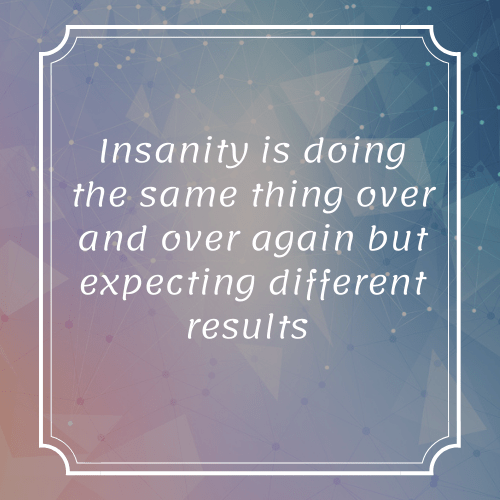

Have you been unable to get the results you want?
No? Then why repeat things that haven’t worked in the past and hope that they work this time around. Why not try something new? Instead of a temporary diet maybe it’s time to look into a lifestyle change.
If you have been thinking about following a keto or low carb way of eating (often seen abbreviated at WOE) then you’ve come to the right place. Starting on a new journey can be a little frustrating at times. To make things a bit easier go through the steps below as you start out on your keto (or low carb) journey.
What is the Keto Diet?
Very simply, a keto diet is one in which eating fewer carbohydrates (carbs) causes your body to go from using sugar/glucose (from the carbs) for energy to using fats for energy (also called ketosis). There is no one size fits all amount of carbs that can achieve this for every single person. No matter what the internet says.
The current dietary guidelines for Americans suggests that your diet should be made up of 10 to 20% protein, 25 to 30% fat and 45 to 65% carbohydrates. Most dietitians would use these percentages when suggesting dietary changes for most people. There would be some differences if you had particular diseases.
Consuming a fewer than 45 to 65% of carbohydrates would be considered “low carb”. However the dietary guidelines don’t specify a certain amount or percentage of carbs for a diet to qualify as low carb. Currently there is no “standard” low carb diet.
There are a variety of descriptions used to define diets that are lower in carbs than the current dietary guideline recommendations. Even these are not standard but are often seen as the amount of protein, fats and carbs defined in various studies on diet.
Based on scientific studies the following terms have been generally used to describe low carb diets:
A moderately low carbohydrate diet would defined as a diet that contained 10 to 20% protein, 40 to 60% fat and 30 to 40% calories from carbohydrates. This is about 150 to 200 grams of carbs in a 2,000 calorie diet.
A low carb diet would be one in which 10 to 30% of calories came from carbs (about 50 to 150 grams of carbs).
A very low carbohydrate diet would contain about 5% of carbs (about 25 grams of carbohydrates).
The complete macronutrient breakdown for a typical low carb diet will depend upon who’s diet you follow.
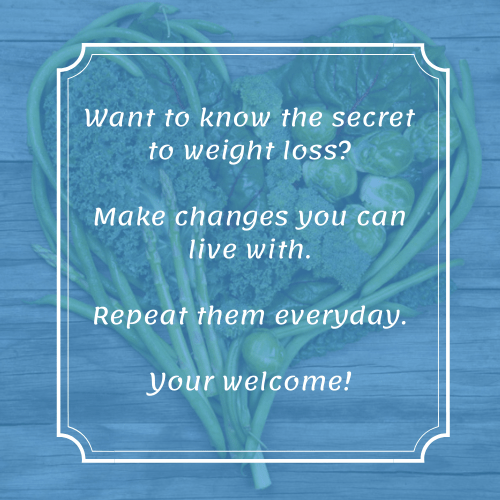

If you follow the Atkins diet (low carb) it has a macronutrient breakdown of about 10% carbs, 30% protein and 60% fat when you reach the maintenance phase.
There is no standard “ketogenic diet” but the majority of them limit carbs to 20 to 50 grams daily (about 5 to 10% of daily intake) with 10 to 20% protein and 70 to 80% fat. You will often see people say to aim for not more than 20 grams of carbs. Again, there is not standard keto diet but you can be sure that sticking to a very low carb diet will most likely keep you in ketosis (your body uses fat for energy).
How many grams of carbs should I eat?
The magical number of 20 grams of carbs can be seen all over the internet these days. But there are many people who eat more than that and stay in ketosis. The amount of carbs you choose to eat will depend on a variety of things:
- Your lifestyle
- How you physically and mentally feel
- If you prefer to be able to eat a larger amount of vegetables and/or fruits
Often, people will start at reducing their carbs to a very low carb level (about 5% of your daily calorie intake from carbs) and then make some adjustments from there depending if they are actively losing weight or looking to maintain their weight loss.
Types of Keto Diets
Just when you think you’ve figured out this keto thing you discover that there are a variety of types of keto diets out there.
- Strict Keto
- Dirty Keto
- Clean Keto
- Lazy Keto
And there seems to be more varieties of the keto diet cropping up all the time. Here’s a simple overview of each of the four listed above.
Perhaps you’ve heard of several other terms related to the keto diet including strict keto, dirty keto as well as lazy keto. Here’s what each of them means:
STRICT KETO:
This generally means someone who follows the keto diet (getting calories from 75 to 80% fat, 15 to 20% protein and 5% carbs) and keeps strict counts of their calories and grams of fat, protein and carbohydrates. They strive to eat 20 grams of carbs or less daily. They often have a list of food items that are considered “keto” and “not keto”. They track their macros daily to make sure that they are in their desired range of fat, protein and carbohydrates.


While this form of keto will work, many people find it’s time consuming and has you constantly focusing on hitting your chosen numbers. For those who have had some type of eating disorder in the past it can trigger their disorder again due to the intense focus of monitoring and counting everything you eat.
DIRTY KETO:
This generally means someone who follows the keto diet (getting calories from 75 to 80% fat, 15 to 20% protein and 5% carbs) but will eat anything that they feel fits their macros (the amount of calories of protein, fat and carbs eaten) for the day. So, that candy bar or cookies you’ve been craving? If you eat it but stay within your carb count then this is fine if you are following a “dirty keto” method.
The down side to this method is you might be choosing foods that are probably the same foods that you ate when you were heavier. Will the candy bar or cookies fill you up and keep you from being hungry for hours? Probably not. While this method can work it could potentially trigger previous bad habits.
CLEAN KETO:
Those that follow the clean keto diet will often avoid eating processed foods even if they fit into their macros for the day.
All those keto cookies, brownies, snacks and other assorted pre-made keto foods you see on the market….they avoid them.
The idea behind clean keto is to focus on eating whole foods and avoid highly processed foods even if they are deemed “keto”. Some who follow the clean keto method will focus on organic foods and grass fed meats. However others will simply focus on eating whole, unprocessed foods.
The downside to this method?
There really isn’t one unless you’ve come to believe that you can only do it if you eat organic/grass fed and your budget doesn’t really allow for these higher priced foods. Some will argue they are necessary however “organic” does not necessarily confer health benefits that conventional foods do not have. While they may be higher in some specific nutrients they generally contain the same levels of nutrition on conventional foods.
If you think you can not continue on the keto diet due to not being able to afford organic foods then think again. Focus on fresh/frozen/canned vegetables, unprocessed cuts of meat, eggs, fish, and fats such as olive/coconut oil, butter and higher in fat containing foods such as avocados, nuts, cheese, etc and you will do great!
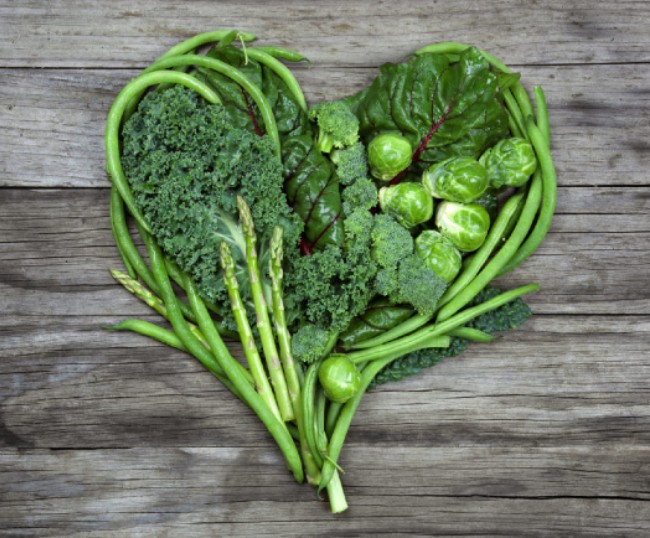

LAZY KETO:
This generally means someone who follows the keto diet (getting calories from 75 to 80% fat, 15 to 20% protein and 5% carbs) but they’ve grown weary of all that counting and have decided to only focus on the number that seems to affect their weight the most….the carbohydrates.
Lazy keto followers have figured out that if you control the carbs you generally get in enough fat and protein along the way. Because we are sick of counting, some of us (including myself) have developed tricks along the way to help keep us on the path. A bit of meal planning and food journaling with a focus on whole foods will get you far with this method and it doesn’t take much time either!
Now that you have learned a bit amount carbohydrate amounts eaten and the various types of keto diets it’s time for you to decide on which type if for you.
What type of keto diet do you think is best for you?
How many grams of carbs are you going to aim for daily?
Once you have the answers to these questions you can continue on with learning more about the keto diet. Check out the information below and get ready to take your next step!
The ultimate keto guide is a condensed version of the keto basics. You will find everything you need to know to start on the keto diet. Plus some great information on keto cooking, recipes and more. Just what a keto beginner is looking for.
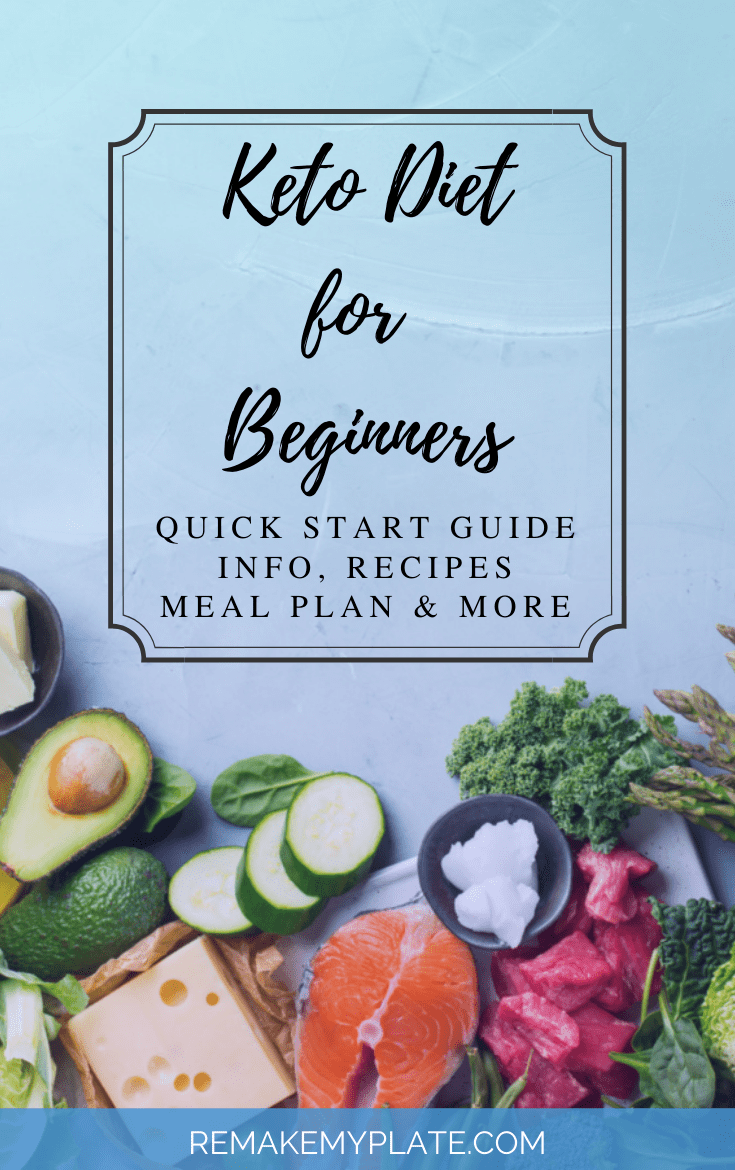

Want to get new recipes sent directly to your inbox? Then subscribe to our newsletter (see below) and be the first to know when we post a new recipe as well as get weekly shopping, cooking and meal planning tips. Follow me on Pinterest where you can find links to our recipes as well as other recipes you and your family will enjoy.
This post may contain affiliate links. Please see our disclosure policy. If you click on the banner below you will be taken directly to my Etsy shop to see the digital items currently listed.
